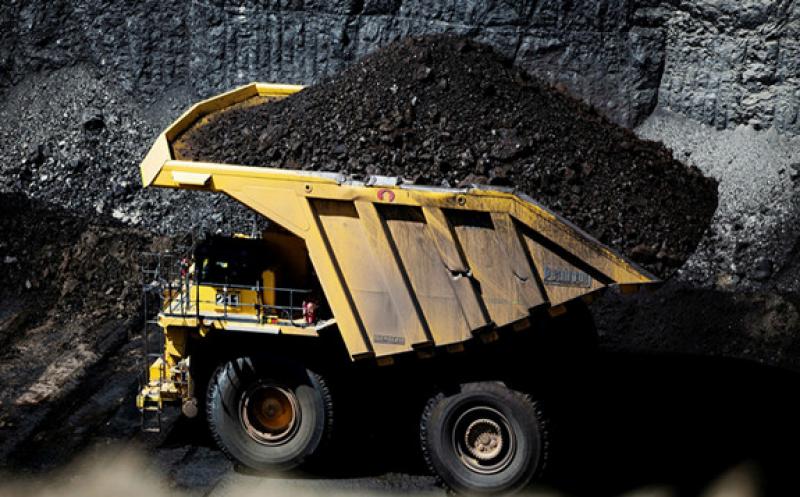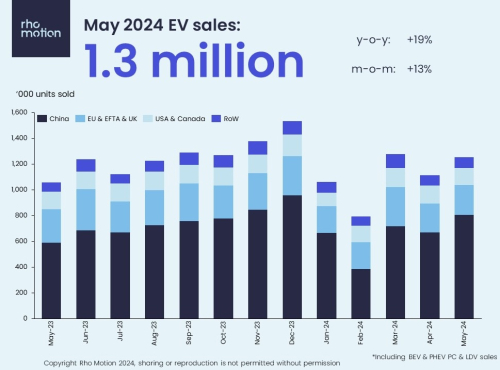Coal stocks across key global hubs remained at a historic low at the end of August, driven by a global supply shortfall and recovery in demand, according to Argus' analysis.

Coal stocks — expressed as the number days of local consumption or throughput — fell to almost a three-year low at less than 33 days in August and were 36pc lower on the year. This is according to Argus analysis based on available data for the US, China, India, Japan, the Amsterdam-Rotterdam-Antwerp (ARA) transshipment hub in Europe and the Richards Bay Coal terminal (RBCT) in South Africa, and weighted according to each market's share of the combined inventory.
Global days of use — an indicator that shows how many days current stocks would last, based on the latest rate of consumption or use — have declined every single month on the year over the period from December 2020 to August 2021 compared with an annual increase over the same period one year ago. This trend reversal underlines the significant tighter supply-demand balance picture this year, which has driven seaborne prices to a record high.
This downward trend has been driven by prolonged supply-side constraints, which have slowed global coal exports amid a protracted coal demand recovery on firm power demand growth, particularly in China and India. Gas-to-coal switching spurred by surging gas prices further bolstered coal burn in the Atlantic.
Coal stocks in China and India further drop amid rising coal burn
Combined Chinese and Indian power utility stocks account for around 41pc of the total sample in Argus' calculations, which largely influences the aggregate figure.
An ongoing unofficial ban on imports from Australia and safety checks at coal mines led to a supply shortfall in China throughout the year at times of surging coal burn alongside the wider economic post-pandemic recovery.
Consequently, Chinese utility stocks fell to the second-lowest level of the year and among the lowest level since March 2017 at seven days in August 2021, down from 12 days one year ago.
But the latest data for October suggest coal stocks have strongly recovered to the highest level since November 2020 at 12.5 days, driven by the seasonal lower coal burn compared with August and the country's strong coal output, which hit its highest level in over five years, suggesting Beijing's action plan over the recent months to increase production could be effective.
Meanwhile, Indian coal generation growth remained robust into August this year, a factor that drove coal stocks further down to their lowest point this year at just nine days, down from 20 days in January 2021 and 28 days one year ago. In its latest measures to lift coal availability, at the beginning of December India's government urged generators to boost coal imports by May next year. The available data for October indicates outright and days-of-use coal stocks to have further declined, signalling a continuing supply shortage and firm coal-fired generation demand.
Despite the recovery in Chinese coal stocks, the stock balance in both China and India is still well below last year's level. This tight coal balance remains an upside risk to prices in the event of unusual cold spells given the high chance of a La Nina weather event.
ARA coal stocks dwindled on firm coal burn
Stark coal burn and persisting export constraints have limited European flows, pressuring coal stocks.
Coal stocks at the ARA hub in northwest Europe were down by 41pc on the year in August but remained high at 130 days. But prevailing coal-favoured fuel switching dynamics, a recovery in power demand and sluggish wind output further propelled northwest Europe coal burn growth, narrowing the gap to the pre-pandemic level. As a result, days of use stocks waned to just 46 days by end of November, which marks the lowest November figure since 2018.
The strong coal burn and elevated European coal prices led to rising imports into the region, with coal shipments from key countries Colombia, Russia and South Africa rising on the year. Unless operational-related supply constraints ease, coal imports into Europe could remain hampered in the near term and would not provide the necessary relief for coal stocks and the balance of supply and demand. As a result, northwest European coal stocks could further decline into next year and extend current fundamentals tightness should coal burn remain elevated in the first quarter of 2022.







